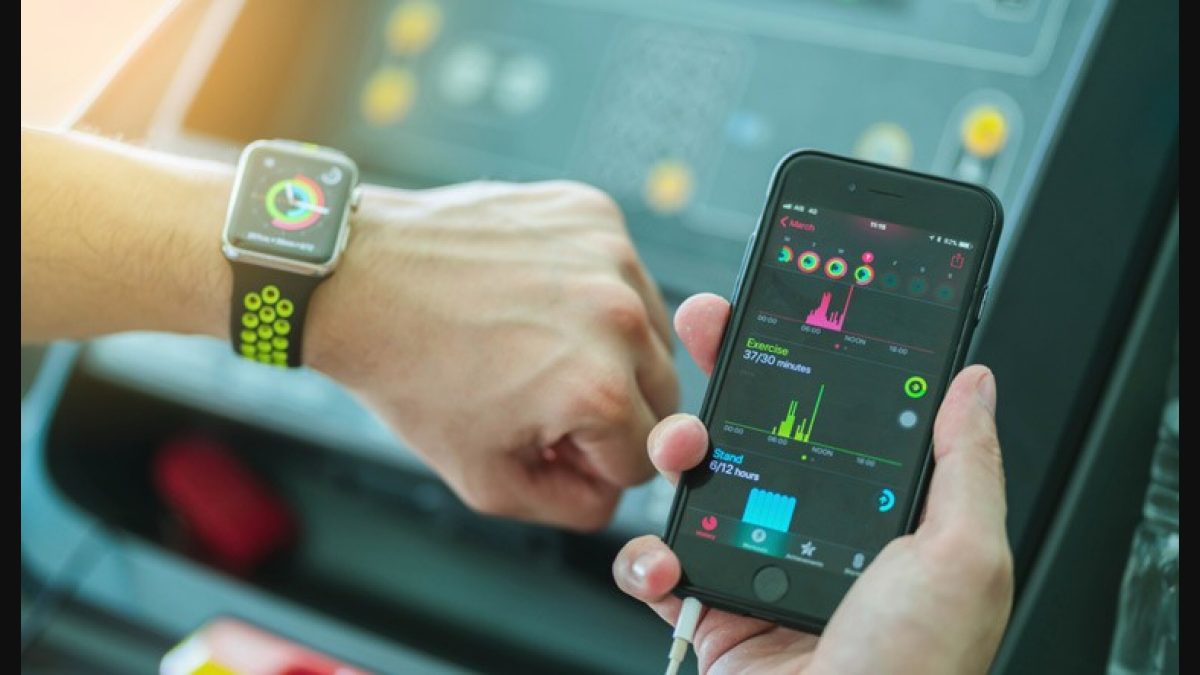« Back to Blog

Enhance Your Occupational Therapy Sessions: with Wearable Technology: A Path to Optimized Treatment Sessions
June 8, 2023Occupational therapy is a dynamic field that aims to help individuals regain their ability to perform everyday activities. Occupational therapists find innovative ways to incorporate wearable technology into their treatment sessions as technology evolves. In this blog article, we will explore how occupational therapists can utilize wearable technology to optimize their treatment sessions.
Monitoring and Assessing Functional Abilities:
Wearable technology devices like activity trackers and smartwatches can provide valuable insights into a patient's functional abilities. These devices can monitor metrics such as steps taken, distance traveled, heart rate, and sleep patterns. By analyzing this data, occupational therapists can better understand a patient's baseline activity level and identify areas that need improvement. This information can guide the development of personalized treatment plans and help track progress over time.
Promoting Independence and Adherence:
Wearable technology can empower patients by promoting independence and adherence to therapy programs. For example, smart home devices can be integrated with wearable technology to automate tasks and provide reminders for medication, exercise routines, and self-care activities. This combination of devices can create a supportive environment that encourages patients to engage in daily therapeutic exercises and maintain a consistent routine. By promoting adherence, wearable technology can contribute to better treatment outcomes.
Enhancing Therapeutic Exercises:
Wearable technology can enhance traditional therapeutic exercises by providing real-time feedback and monitoring. Sensors embedded in wearable devices can track joint movements, muscle activity, and posture during exercises. Occupational therapists can analyze this data to assess the effectiveness of exercises, identify areas of improvement, and make necessary adjustments to the treatment plan. Real-time feedback can also help patients correct their movements, ensuring they perform activities correctly and minimizing the risk of injury.
Addressing Ergonomics and Workplace Safety:
Occupational therapists often work with individuals who face challenges in the workplace due to ergonomic issues and safety concerns. Wearable technology, such as posture monitors and ergonomic assessment tools, can help identify and address these issues. By monitoring posture and body mechanics, therapists can provide targeted interventions to improve workplace ergonomics, reduce the risk of musculoskeletal disorders, and enhance overall work performance. Wearable technology can also provide reminders for taking breaks, stretching exercises, and maintaining proper sitting or standing positions.
Managing Stress and Mental Health:
Wearable technology has extended its reach to mental health management, an essential aspect of occupational therapy. Devices equipped with heart rate monitors and stress trackers can help identify triggers and patterns related to stress and anxiety. Occupational therapists can use this information to develop tailored patient coping strategies and relaxation techniques. Additionally, wearable technology can provide mindfulness reminders and guide patients through breathing exercises, helping them regulate their emotions and improve their mental well-being.
Facilitating Telehealth and Remote Monitoring:
With the rise of telehealth services, wearable technology has become invaluable in facilitating remote monitoring and virtual therapy sessions. Patients can use wearable devices to track their progress, record vital signs, and participate in interactive therapy sessions from their homes. Occupational therapists can remotely monitor patients' activity levels, provide guidance, and adjust treatment plans based on real-time data. This integration of wearable technology and telehealth expands access to therapy services and allows for continuous monitoring and support.
Conclusion:
Wearable technology has revolutionized occupational therapy by providing therapists with valuable insights, enhancing therapeutic exercises, promoting independence and adherence, addressing ergonomic issues, managing stress, and facilitating remote monitoring. By incorporating wearable technology into their treatment sessions, occupational therapists can offer patients more personalized, effective, and engaging interventions. As technology advances, the potential for wearable technology in occupational therapy is boundless, opening up new avenues for improving patient outcomes and transforming treatment delivery. It is an exciting time for the field, as wearable technology holds immense promise in revolutionizing occupational therapy practice and improving the lives of countless individuals.
Therapeutic Resources always has cutting-edge positions that will let you contribute and enhance your skill set. To explore our innumerable part-time, full time and per diem pediatric positions, Therapeutic Resources would love to speak with you! Send us your information here, and a placement manager will be in touch within 24 hours. Talk to you soon!
